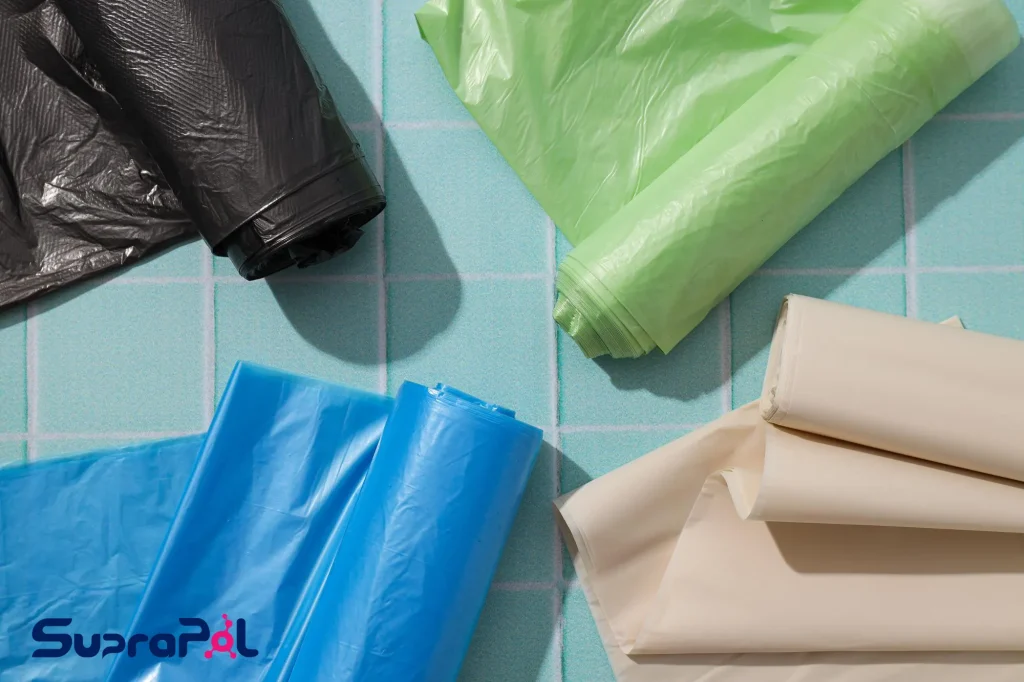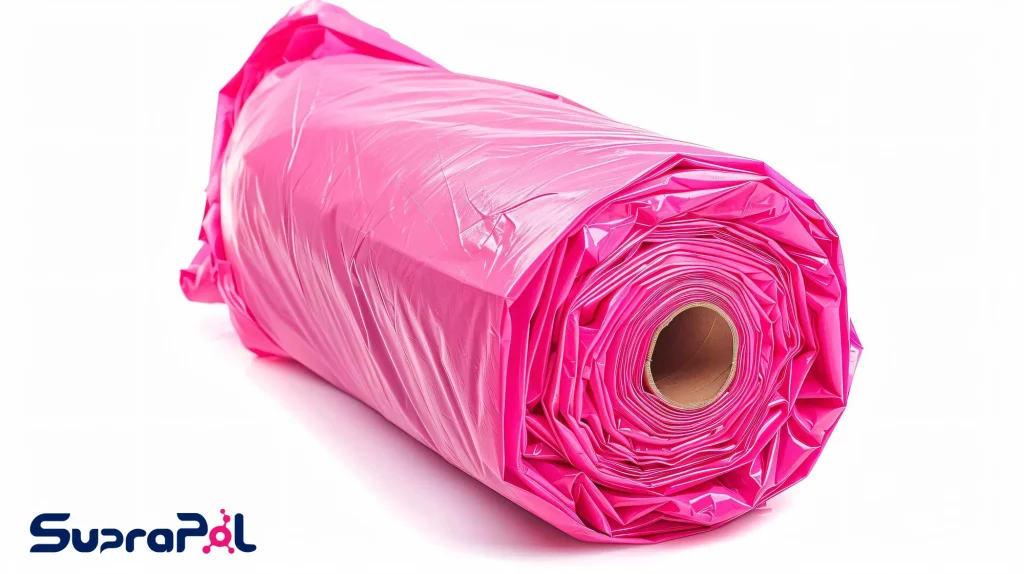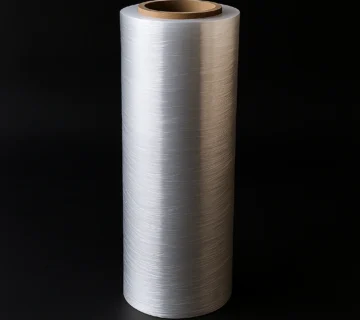Nylon and Nylex (Polyethylene), commonly known as “Naylons” (Nylon for nylon products and Nylex for polyethylene products), are two of the most widely used plastic materials globally. They are primarily utilized in packaging and transportation due to their unique properties, such as lightweight, durability, and cost-effectiveness. This article explores the differences between nylon and Nylex, their applications, benefits, and the environmental challenges associated with their use.

Understanding Nylon and Nylex
Nylon: this material is a synthetic polymer made from polyamides, a type of plastic that is known for its strength, elasticity, and resistance to wear and tear. It was first developed in the 1930s and has since become a staple in various industries, particularly in textiles and packaging.
Nylex (Polyethylene): this product refers to products made from polyethylene, which is the most common plastic material used worldwide. It includes Low-Density Polyethylene (LDPE) and High-Density Polyethylene (HDPE). LDPE is softer and more flexible, while HDPE is stronger and more rigid. Nylex products, such as plastic bags and packaging films, are known for their durability, flexibility, and resistance to moisture.
Applications of Nylon and Nylex
Nylon Applications
Textiles and Apparel: this product is widely used in the textile industry for making fabrics, clothing, and accessories due to its lightweight, durability, and resistance to abrasion.
Packaging: these films are used in packaging, especially for food products, as they provide an excellent barrier against moisture, oxygen, and contaminants.
Industrial Uses: it is also used in the manufacture of various industrial products, including ropes, conveyor belts, and automotive parts, owing to its high strength and resistance to chemicals.
Nylex Applications
Plastic Bags: PE is most commonly known for its use in plastic bags, which are lightweight, strong, and cost-effective. These bags are widely used in grocery stores, retail, and other sectors.
Packaging Films: these films are used in packaging a wide range of products, from food items to industrial goods, due to their flexibility and protective properties.
Agricultural Uses: In agriculture, they are used for making greenhouse covers, mulch films, and irrigation pipes, helping to improve crop yield and protect plants from adverse environmental conditions.
Benefits of Nylon and Nylex
Durability and Strength: Both Nylon and Nylex are known for their strength and durability, making them suitable for a variety of demanding applications. Nylon is particularly valued for its toughness and resistance to wear, while Nylex offers excellent tensile strength and impact resistance.
Lightweight and Flexible: these materials are both lightweight materials, which makes them easy to handle and transport. Their flexibility allows them to be used in various forms, from thin films to robust industrial components.
Cost-Effectiveness: The production costs of them are relatively low, making them economical choices for manufacturers. This cost-effectiveness is especially beneficial in large-scale packaging and transportation industries where reducing expenses is critical.

Environmental Impact and Sustainability of Nylon & Nylex
The widespread use of these two products has led to significant environmental concerns, particularly regarding their disposal and the pollution they cause.
Non-Biodegradability: One of the main environmental challenges is that they are non-biodegradable. When disposed of improperly, these materials can persist in the environment for hundreds of years, contributing to plastic pollution and harming wildlife.
ecycling Issues: While both of them can be recycled, the recycling rates are relatively low. The process of recycling these plastics is often complex and costly, which discourages widespread adoption. Moreover, recycled materials may not always meet the same quality standards as virgin plastics, limiting their reuse in certain applications.
Innovations in Sustainable Alternatives: In response to environmental concerns, there has been growing interest in developing more sustainable alternatives to traditional products. Biodegradable plastics, made from renewable resources, are being explored as potential replacements. Additionally, efforts to increase recycling efficiency and the development of new materials that break down more easily in the environment are ongoing.
Conclusion
Nylon and Nylex are integral materials in modern industry, offering significant benefits in terms of durability, flexibility, and cost-effectiveness. However, their environmental impact cannot be overlooked. As the demand for these materials continues to grow, it is crucial to address the challenges associated with their use, particularly through improved recycling practices and the development of sustainable alternatives. By balancing their practical benefits with environmental responsibility, they can continue to play a vital role in various industries while minimizing their ecological footprint.




No comment